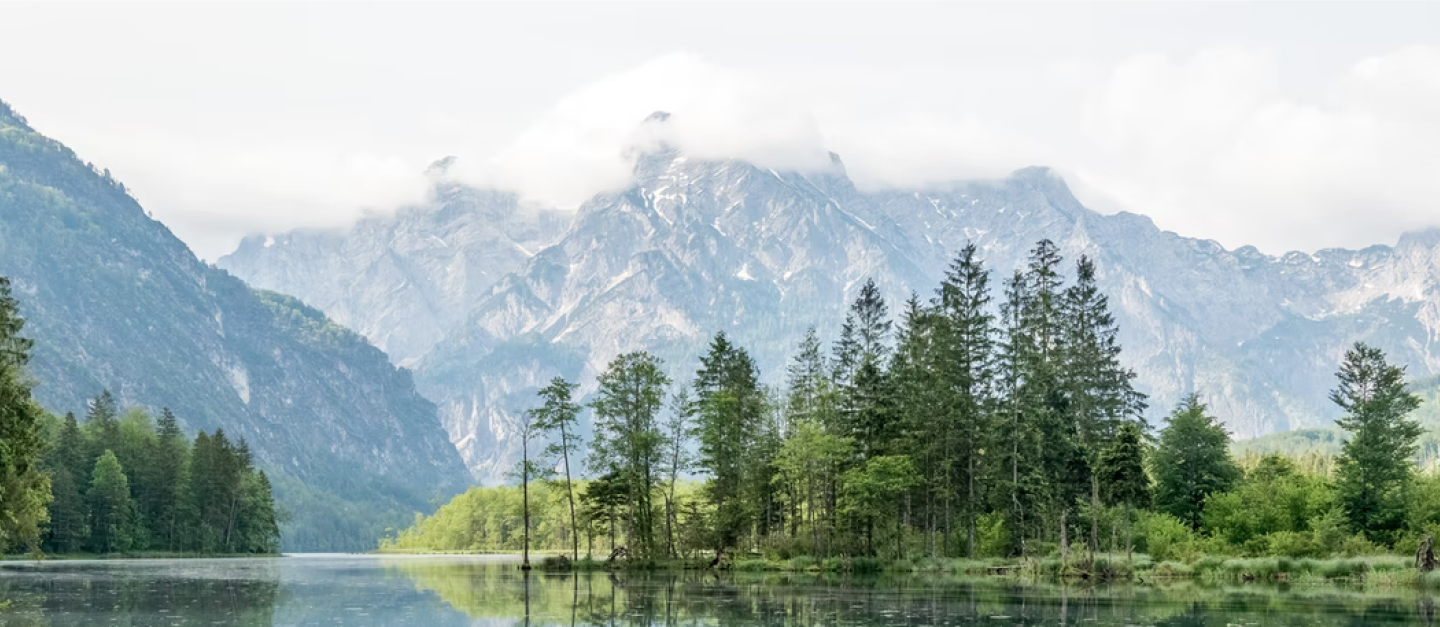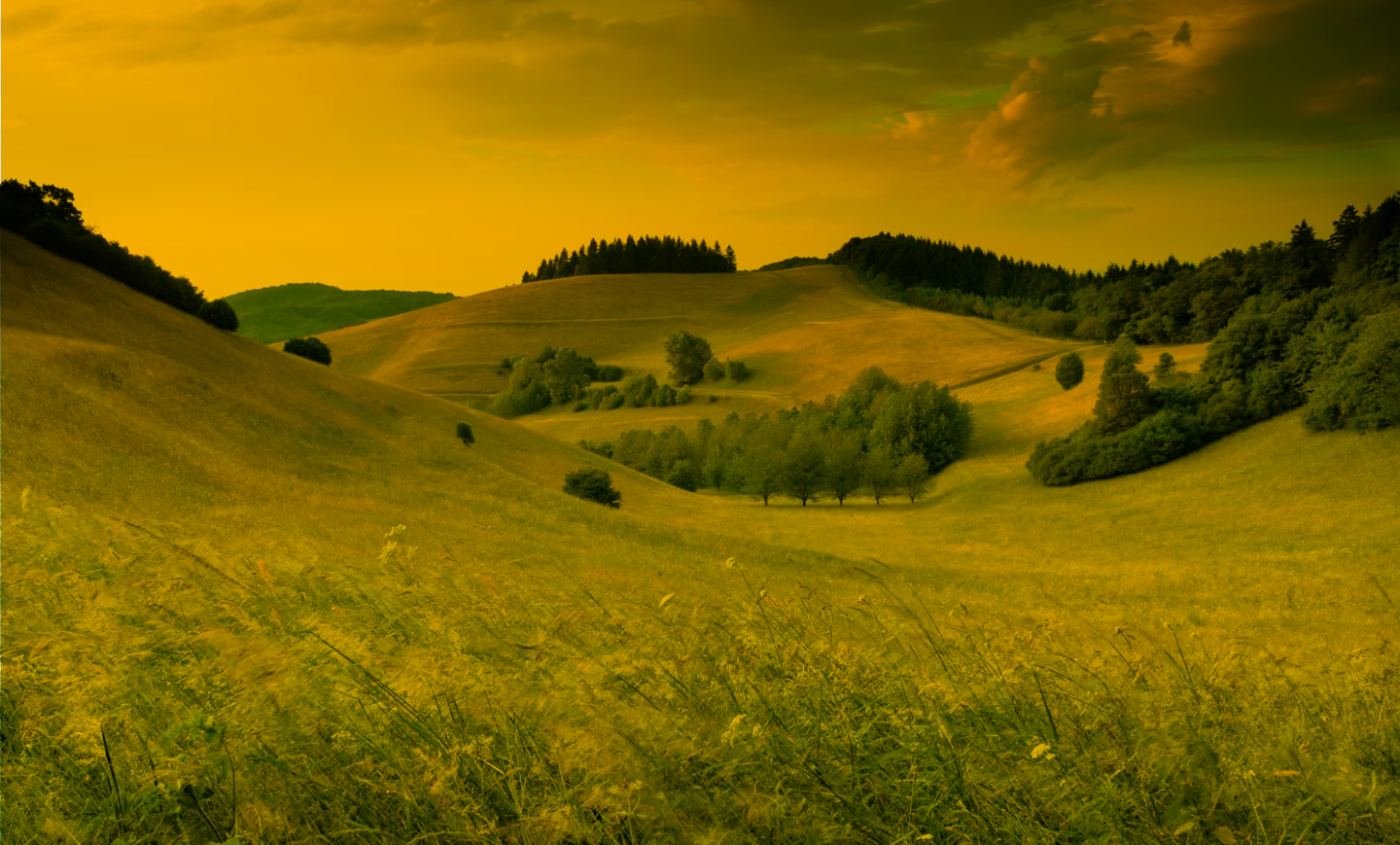
GRASSROOTS ACTION
MAKING A
DIFFERENCE
How can I make a difference
Ecosystem restoration action can be sparked by attending a local educational meeting, which can evolve into planting an entire native forest.
You can contribute to ecosystem restoration in many different ways.
A grassroots action is a campaign or initiative that aims to bring people together and mobilize individuals, communities, companies, or governments to take some action or influence an outcome. The term "Grassroots" means to achieve a goal from the bottom-up and can involve anything from on-the-ground action to discussions with leaders or groups of passionate people.
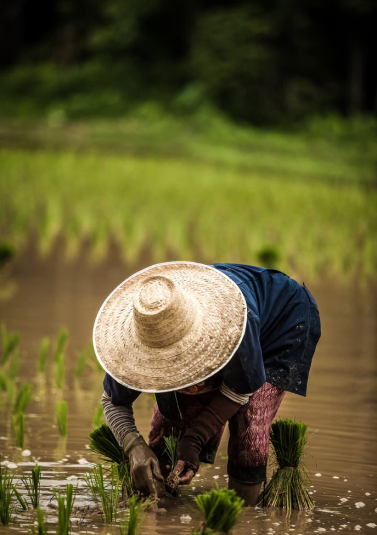
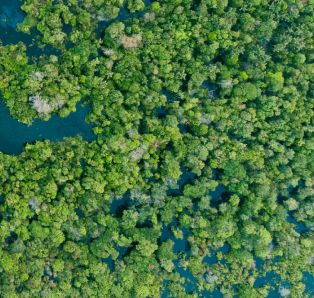
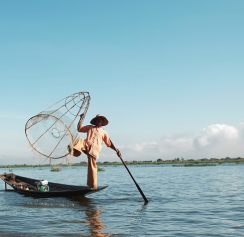
Through concerted, science-based effort, we can move forward and create a better world with more opportunities for growth and prosperity through our restoration efforts.
Adverse effects of ecosystem degradation are plentiful, but restoration can be the solution that you use to save your community and environment from further harm.
Question yourself
These questions will play a big role in determining how to shape your action and whom to engage with as you take steps towards organizing and reaching your wider restoration goals.

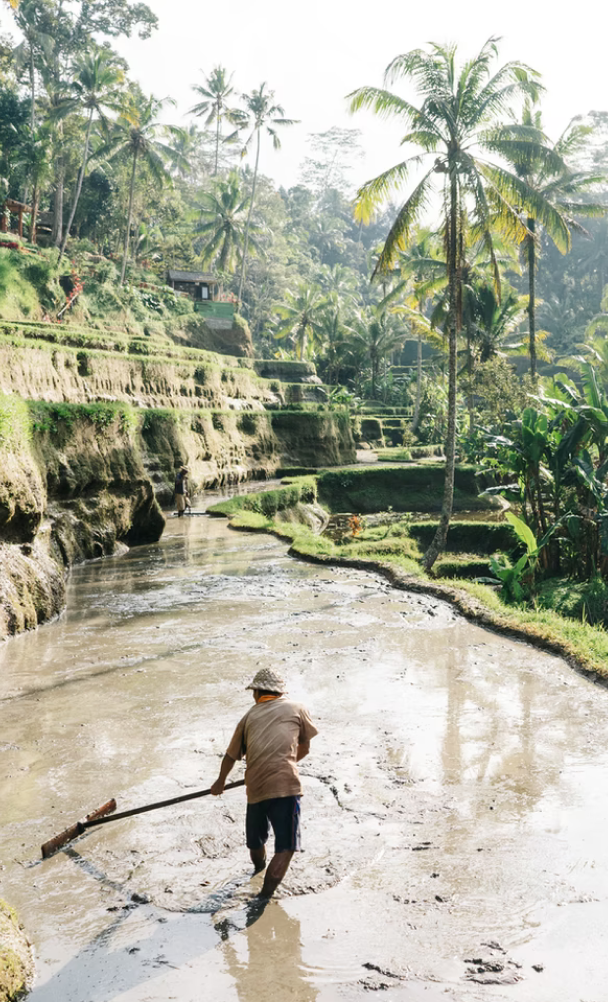
Why should I take action?
You know your community best. You can become an expert on the education, physical ability, financial picture, and environmental awareness of yourself and your neighbors. No matter your commitment, financial resources, or experience, you have the ability to make a difference.
Groups and individuals throughout history have come together in pursuit of every goal imaginable. While it may seem daunting to take the first step, every campaign or movement started with passionate people looking to make the world a better place. Your community can be as small as your household or as big as a country. Grassroots organizing allows those most affected by an issue to take the initiative in solving it. Grassroots solutions are often more diverse, creative, and long-lasting and can be initiated by any individual.
How can I take action?
Determine your impact by answering this quiz
Visualizing local restoration
Imagine you notice that your neighborhood pond has become filled with algae. It's pale green, begins to smell and you can no longer see any fish inside.
After some research, you learn that this can be caused by synthetic pesticides and mineral fertilizers that you and many of your neighbors use on your lawns.


Everything is connected
Although in many cultures and societies, people have been distanced from the natural world, it is important to recognize that human beings and the biosphere are in fact interconnected. The perspective that the natural world is separate from the human world, a common viewpoint in Western societies, has led to a disconnect between people and nature. This has resulted in an unhealthy relationship in which mankind unintentionally has been exploiting and depleting Earth's natural resources, without understanding the bigger consequences for all life on the planet.
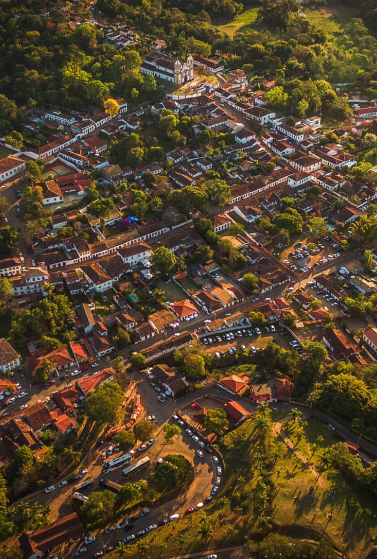
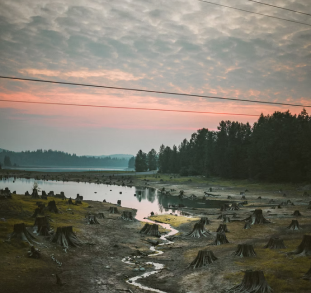
In order to move forward and overcome some of the biggest challenges our world is facing today, such as overexploitation, biodiversity loss and climate change, it is important to rebuild the connections between people and ecosystems.
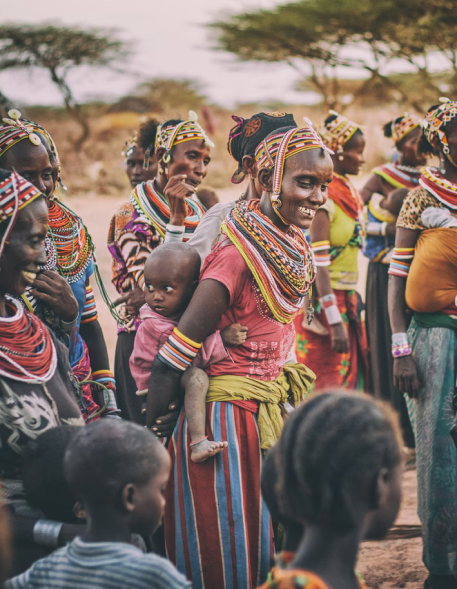
A lot can be learned from societies that maintain intimate relationships with the natural environment.
Indigenous and many local communities are, due to their holistic knowledge of territories and harmonious ways of living with nature, well-positioned when it comes to contributing to ecosystem restoration. You can read more about incorporating different voices and different kinds of knowledges and practices in the "Science" and "Community" chapters.
By reading this toolkit you are already one step further to rebuilding a stronger relationship with our planet and successfully restoring our ecosystems.
Aspects of grassroots action
Now that we have introduced and explained the need for grassroots organizing and ecosystem restoration, we will now walk you through some specific aspects of grassroots action.
All grassroots organizing looks different, your initiative may include all of these stages, or only a few. Either way, each aspect can be a helpful thought exercise when planning your action. We've taken you through the "what" and "why," this is the "how."
Here, we will provide you with a breakdown of the most important aspects of mobilizing ecosystem restoration, whether you are acting alone or with a group.
In order to see how these aspects can fit into a larger movement, let's start by looking at what you can do if you find a degraded ecosystem your area. The first step, regardless of your path, will always begin by doing research, asking questions, and building your own and your community's awareness on the issue.
Once you are sure that you have understood the issue that your ecosystem is facing, then you can take bigger steps like joining or hosting a restoration event or forming a collective of concerned neighbors to tackle the issue. Remember that you can pick and choose the steps that suit your goal the most.
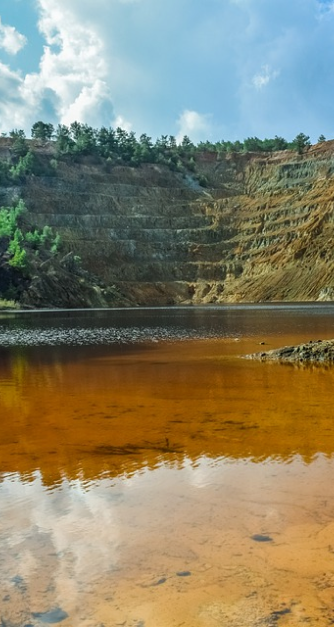
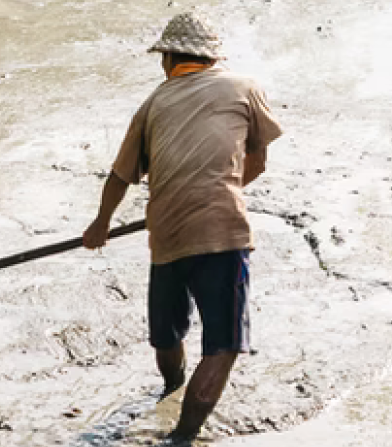
Types of action

